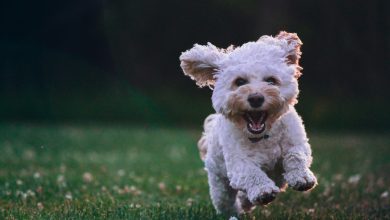How to Deal With Destructive Chewing in Puppies
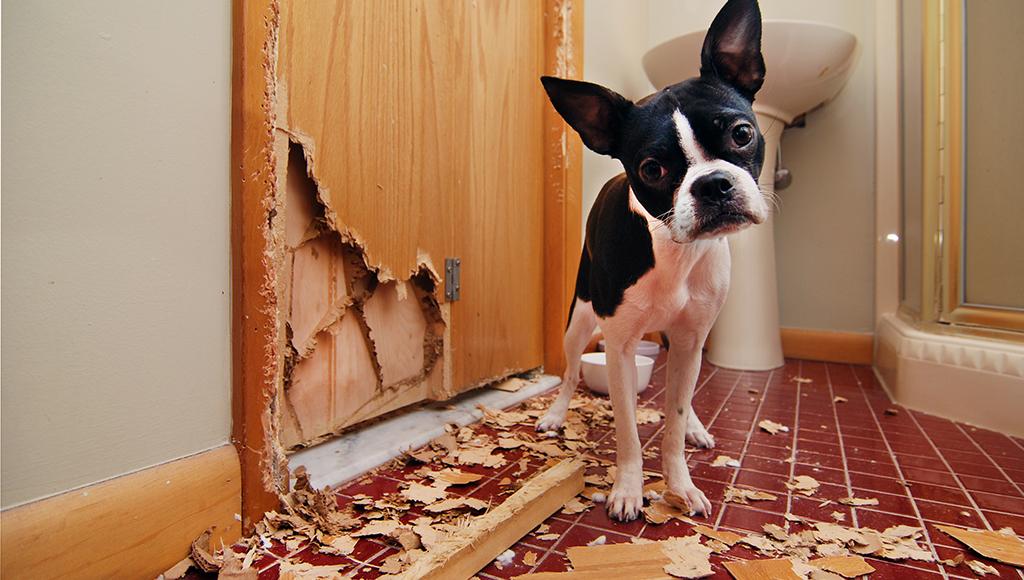
Destructive chewing is a common challenge faced by many puppy owners, often leaving them frustrated and unsure of how to address the behavior effectively. While chewing is a natural and essential activity for puppies, aiding in their development and dental health, it can become problematic when directed towards furniture, shoes, and other household items. Understanding the reasons behind this behavior and implementing practical strategies can help mitigate the issue, ensuring a harmonious living environment for both you and your furry companion. In this article, we will explore the causes of destructive chewing in puppies and provide step-by-step guidance on how to manage and redirect this behavior constructively.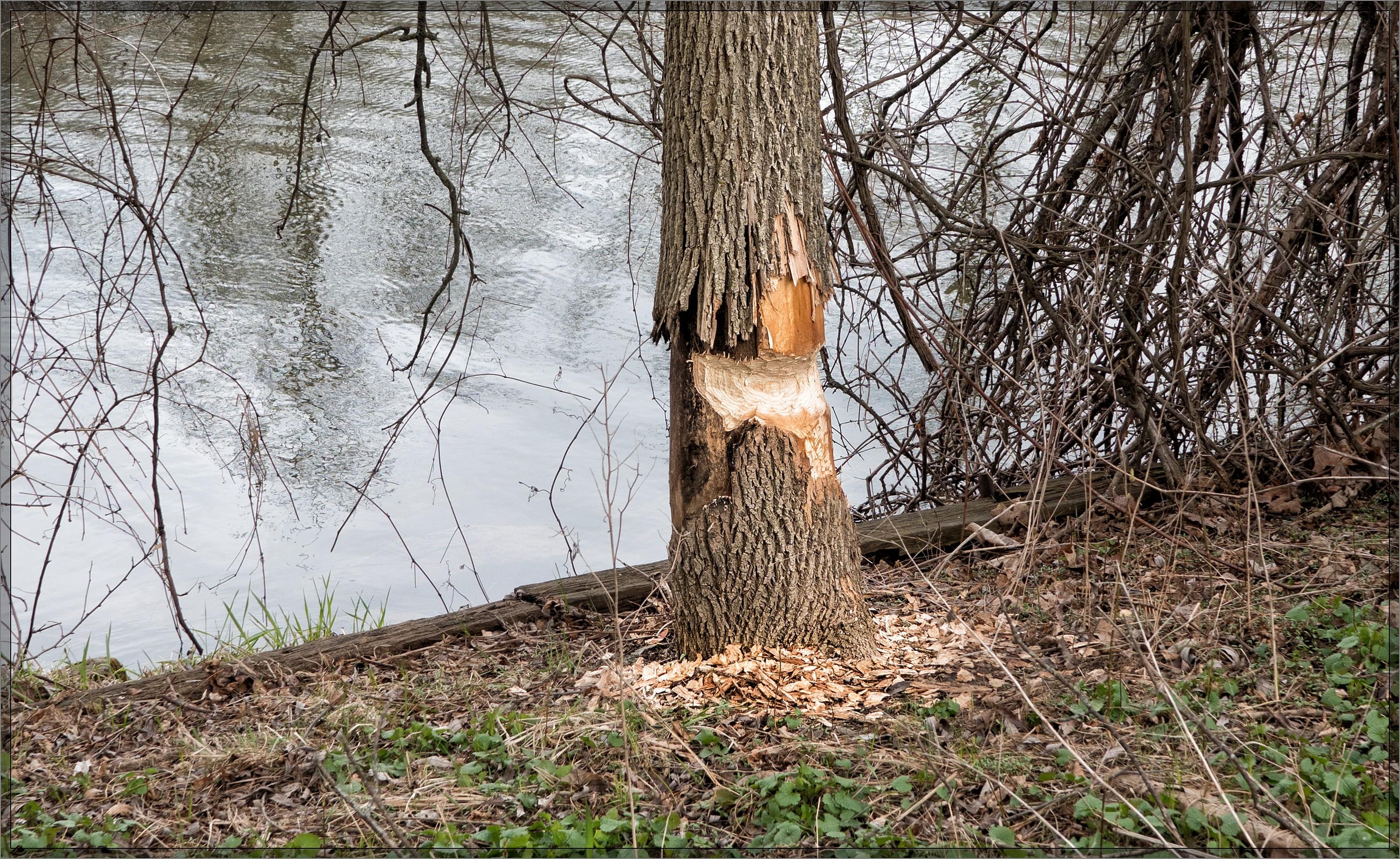
Identifying the Causes of Destructive Chewing
- Teething: Puppies, much like human babies, experience discomfort during the teething phase. This often prompts them to chew on anything they can find to alleviate the pain and soothe their gums. Providing appropriate chew toys can help redirect this natural urge.
- Curiosity and Exploration: Puppies are naturally curious creatures, and chewing is one way they explore their environment. They use their mouths to understand the texture, taste, and durability of objects. Encouraging this exploration with safe and engaging toys can prevent them from gnawing on inappropriate items.
- Boredom: A lack of mental and physical stimulation can lead to destructive chewing as a way for puppies to entertain themselves. Ensuring your puppy has enough exercise, playtime, and interaction can mitigate this behavior.
- Separation Anxiety: Some puppies chew destructively when left alone, as a way to cope with anxiety and stress. Addressing separation anxiety with gradual training, comfort items, or professional help can be essential to curbing this behavior.
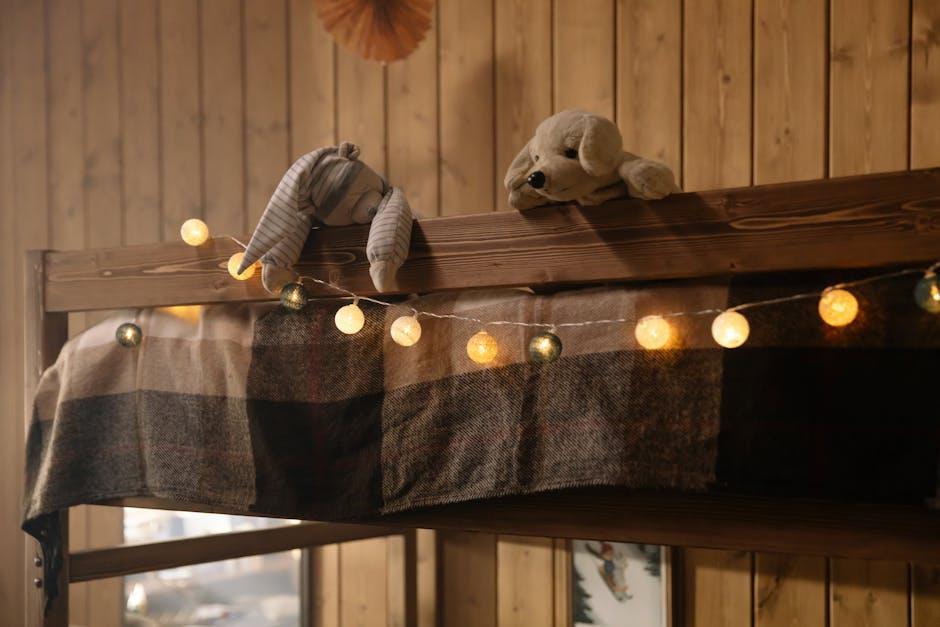
Choosing Appropriate Chew Toys and Alternatives
When it comes to addressing destructive chewing in puppies, selecting the right chew toys and alternatives is crucial. Puppies chew to explore their world and alleviate the discomfort of teething, so offering them safe and suitable options can prevent damage to your belongings. Look for chew toys made of durable materials like rubber or nylon, which can withstand vigorous chewing. Opt for toys that are appropriately sized for your puppy’s breed and age, ensuring they aren’t too small to avoid choking hazards.
- Rubber toys: These are excellent for teething puppies, as they are durable and often come in fun shapes.
- Nylon bones: Long-lasting and safe for aggressive chewers.
- Rope toys: Great for interactive play and dental health.
- Frozen washcloths: Soak a washcloth in water, twist it, and freeze it for a soothing teething option.
For alternatives to traditional chew toys, consider natural options like antlers or bully sticks, which can provide hours of entertainment and satisfy the natural urge to chew. Always supervise your puppy with these items to ensure safety, and regularly inspect toys for wear and tear to prevent ingestion of small pieces. By providing your puppy with a variety of appropriate chewing options, you can help redirect their energy and protect your home from destructive behavior.
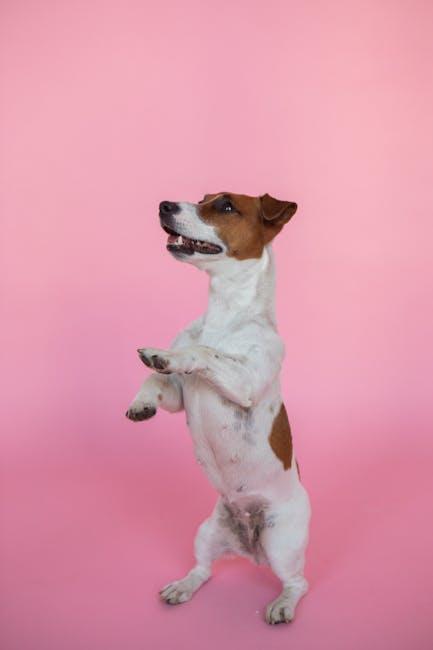
Implementing Effective Training Techniques
To address the challenge of destructive chewing in puppies, it’s crucial to employ training techniques that not only correct behavior but also encourage positive habits. Start by providing a variety of chew toys that cater to your puppy’s preferences, which can help divert their attention from furniture and personal items. Consistency is key; ensure that all family members are aligned with the training methods to avoid mixed signals that could confuse your puppy.
When implementing training, consider these strategies:
- Redirect Chewing: Whenever you catch your puppy chewing on something inappropriate, calmly redirect them to an approved chew toy.
- Positive Reinforcement: Reward your puppy with treats or praise when they choose the correct item to chew on. This reinforces good behavior.
- Supervised Freedom: Allow your puppy to explore their environment under supervision, which helps prevent undesirable chewing and provides opportunities for timely intervention.
By incorporating these techniques, you foster an environment where your puppy can learn and thrive, ultimately reducing instances of destructive chewing.
Creating a Safe and Stimulating Environment
Designing a space that both nurtures and challenges your puppy is crucial to curbing destructive chewing habits. Begin by puppy-proofing your home: remove items that are tempting targets, such as shoes, remote controls, and children’s toys. Instead, provide a variety of safe chew toys that can satisfy their urge to gnaw. Opt for toys of different textures and sizes to keep your puppy engaged. It’s important to rotate these toys regularly to maintain their interest.
Ensure that your puppy has access to a designated play area where they can explore safely. This area should be free from hazards like electrical cords or small objects that could be swallowed. Consider using baby gates to section off areas of your home that are off-limits. When you’re unable to supervise, a playpen or crate can be a valuable tool to prevent unwanted chewing. Incorporate interactive elements such as puzzle toys or treat dispensers to stimulate their mind and keep boredom at bay.
- Remove tempting items
- Provide diverse chew toys
- Rotate toys regularly
- Create a safe play area
- Use baby gates or playpens
- Incorporate interactive toys


